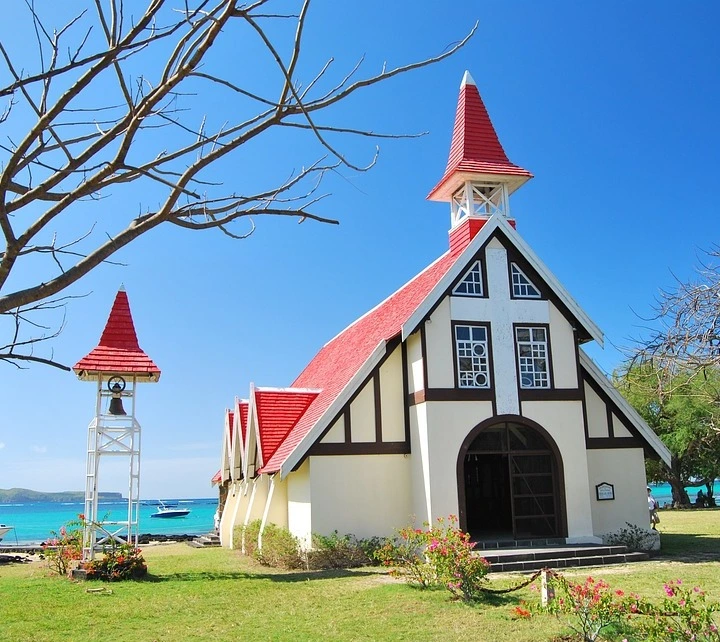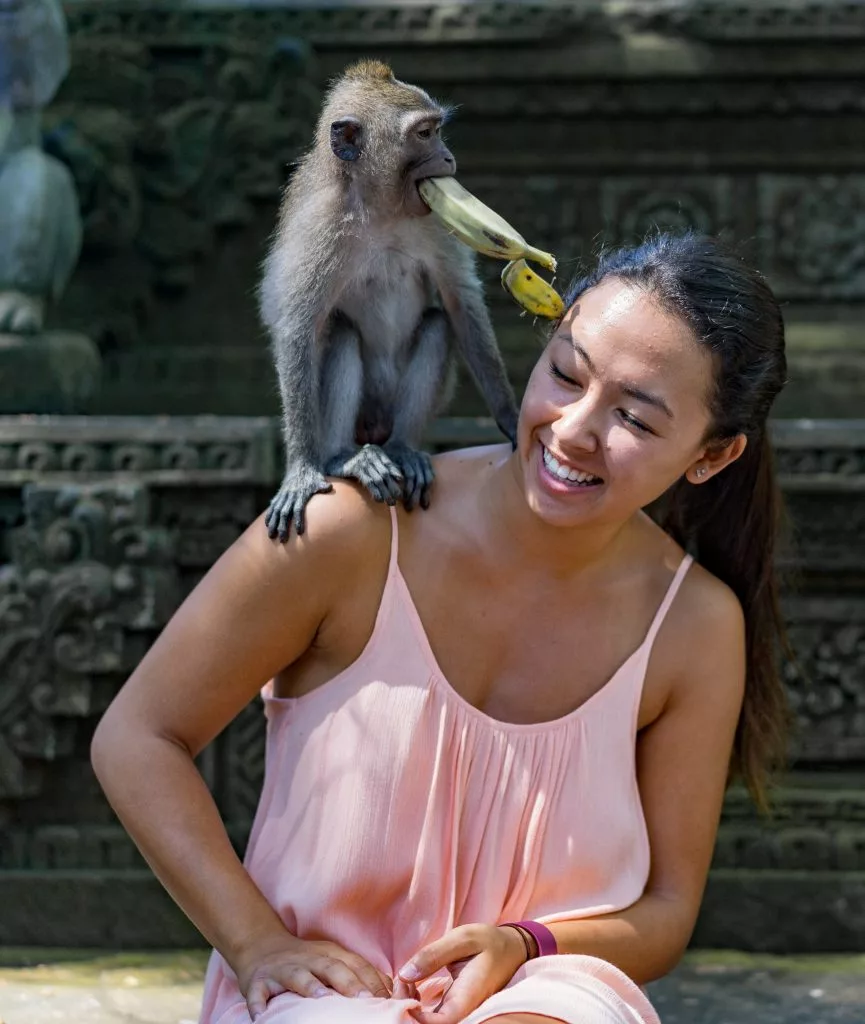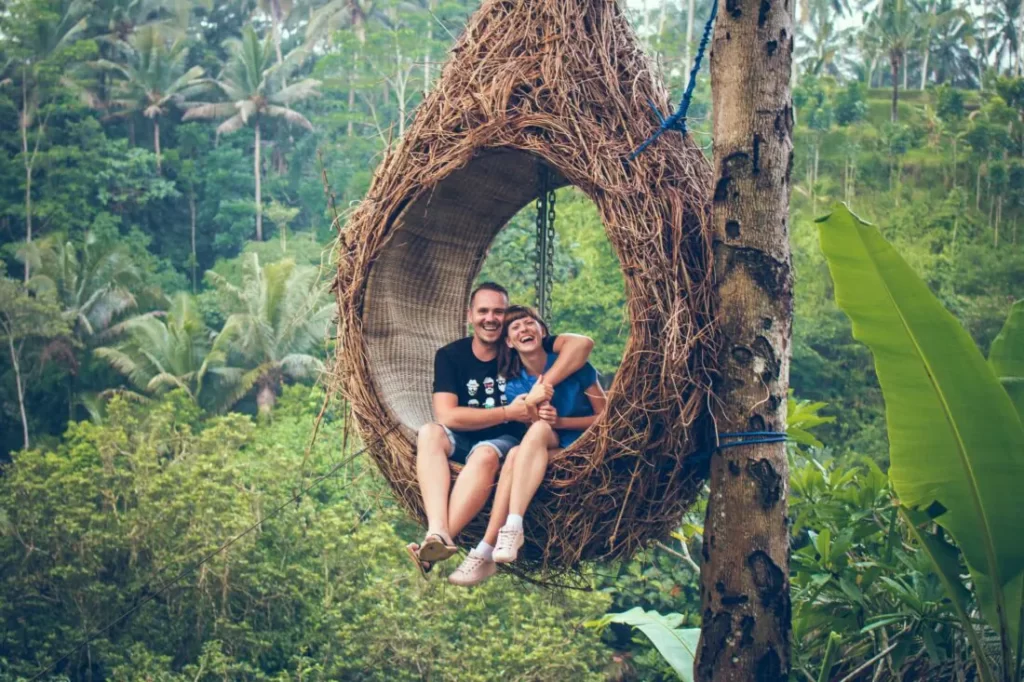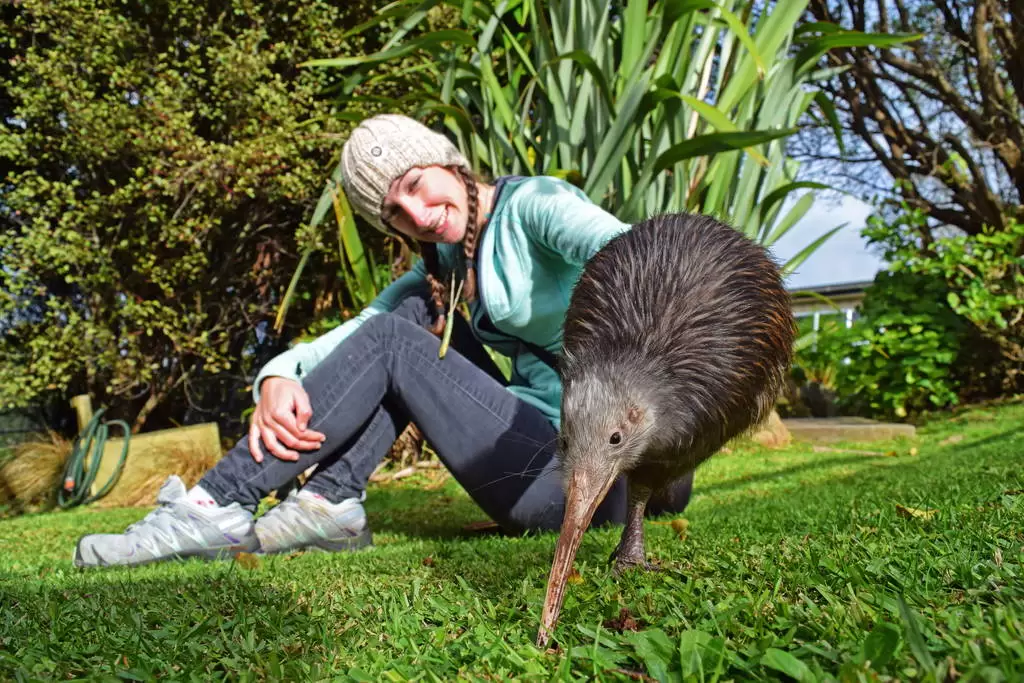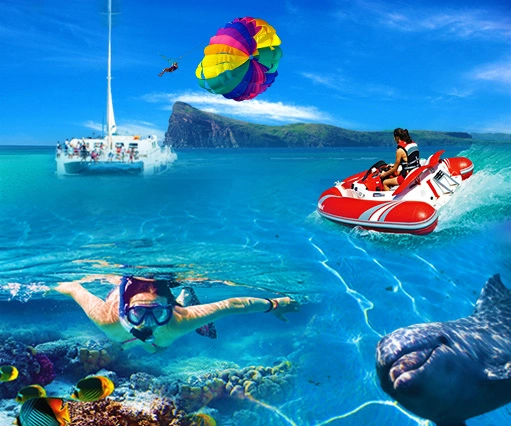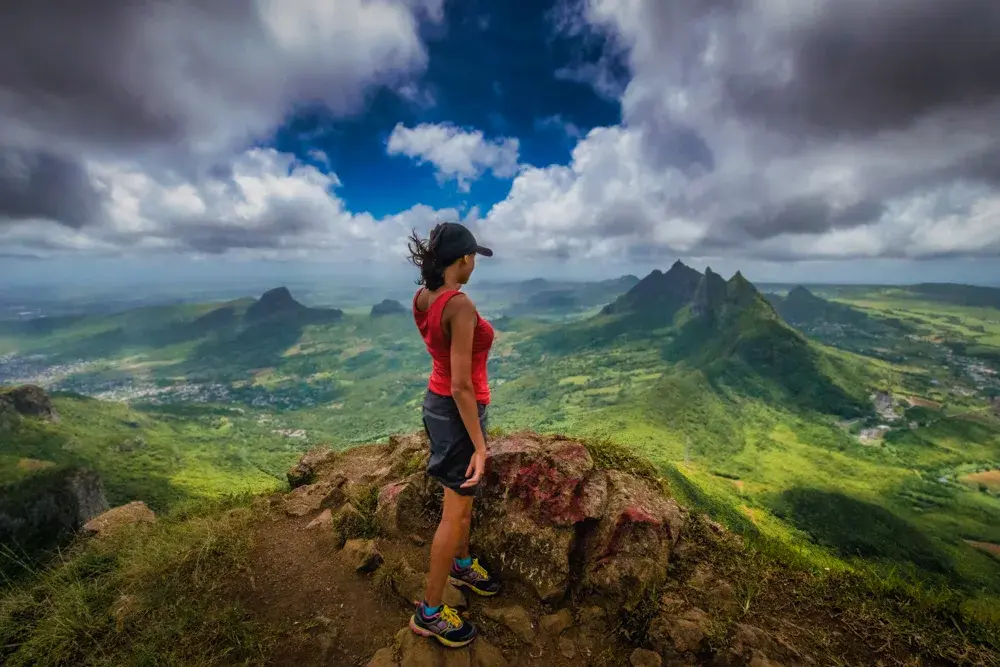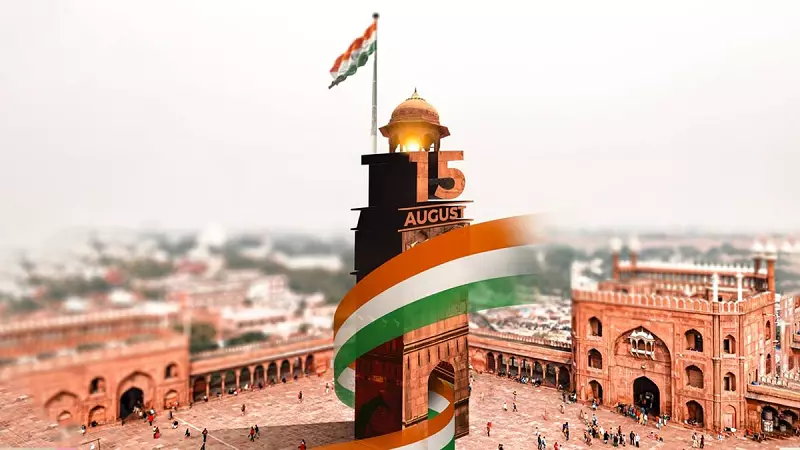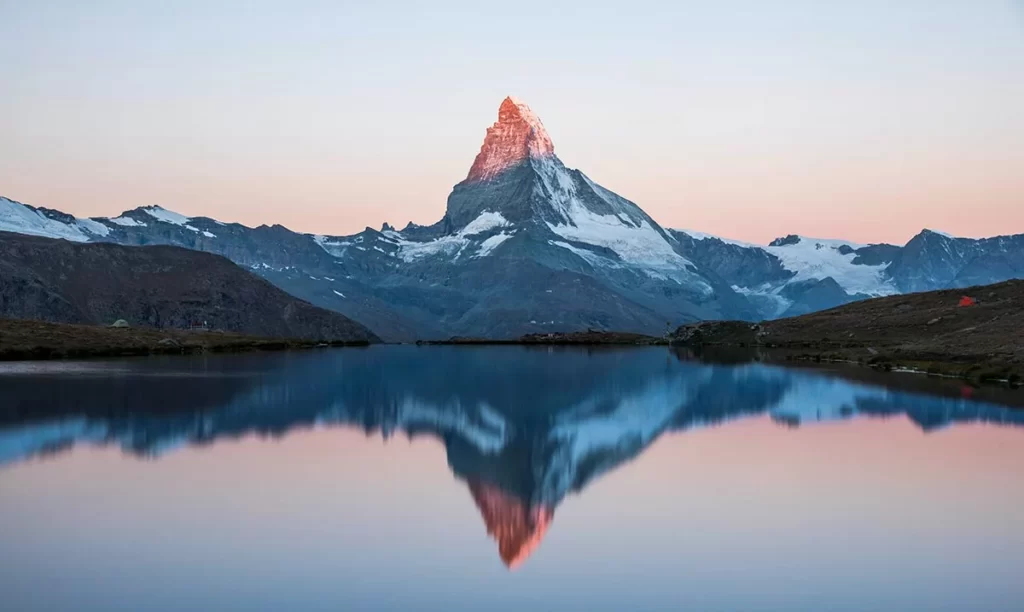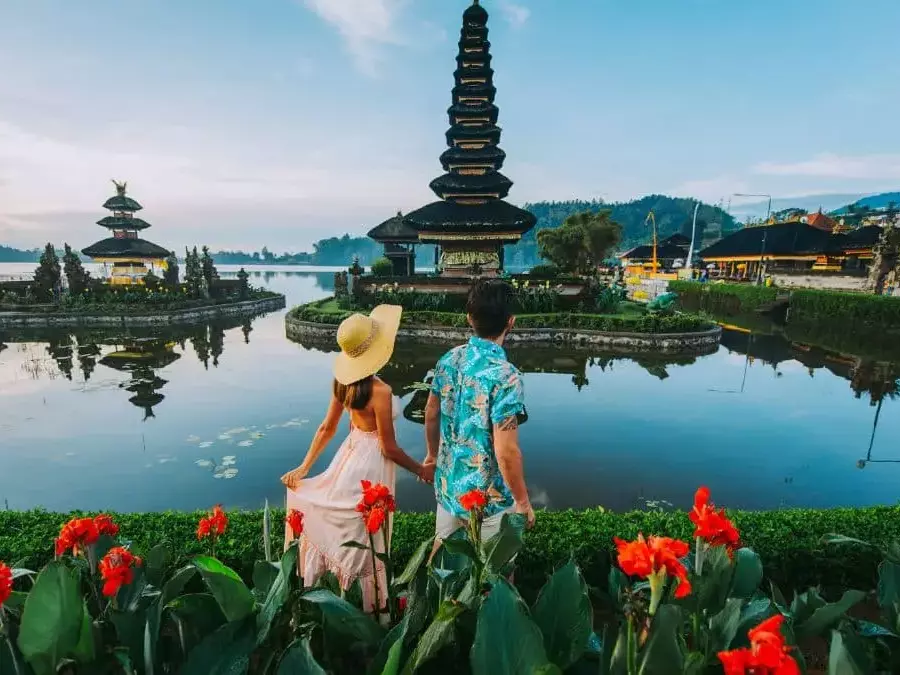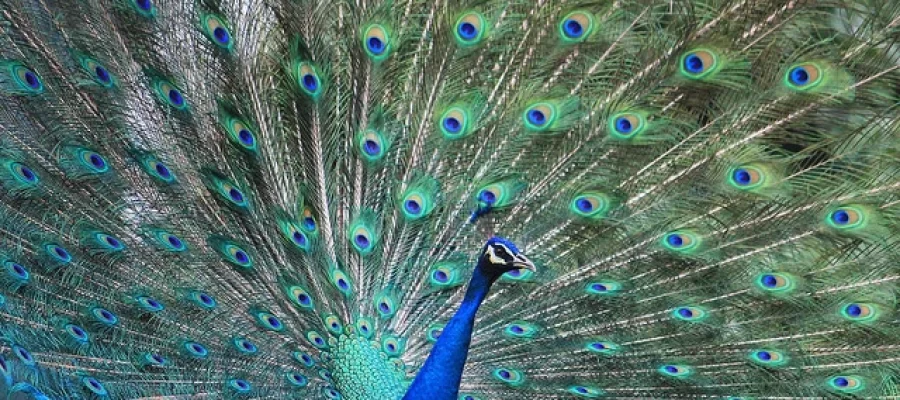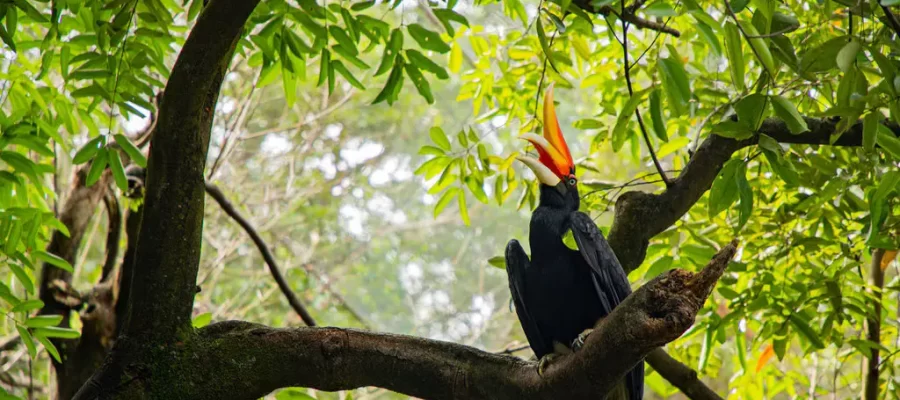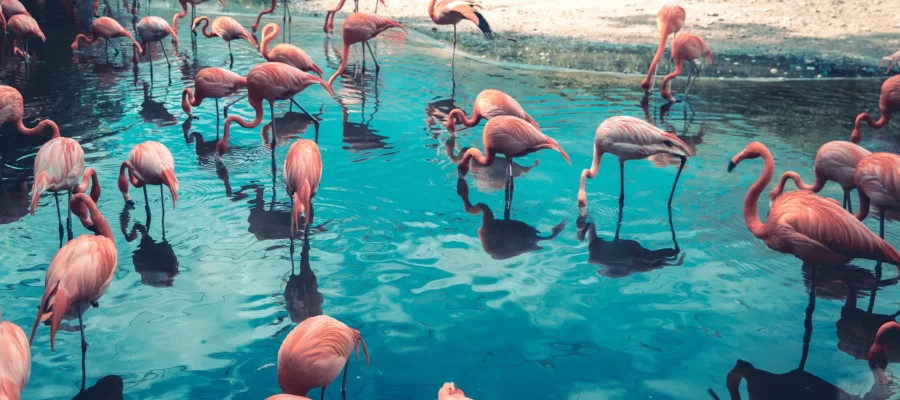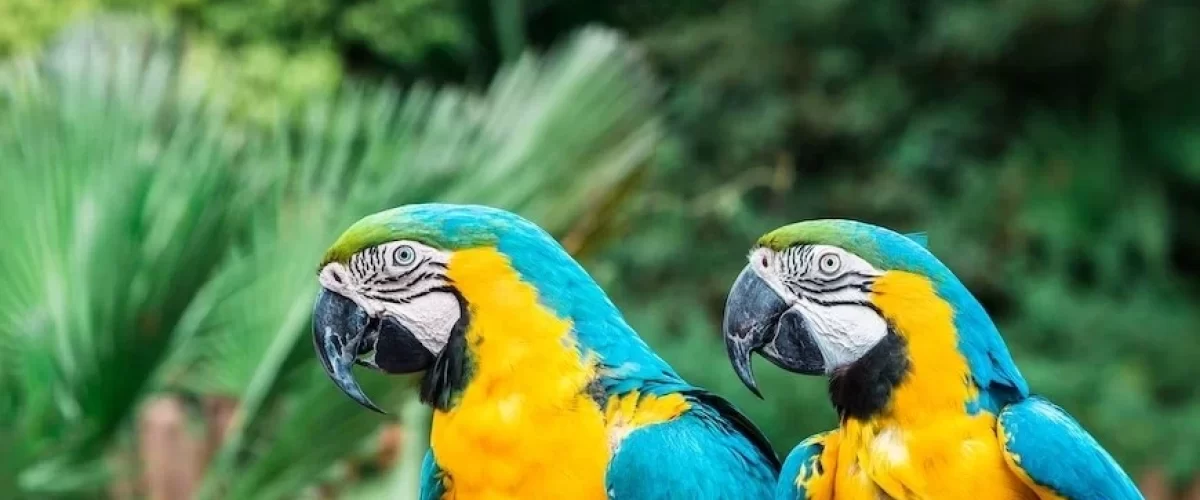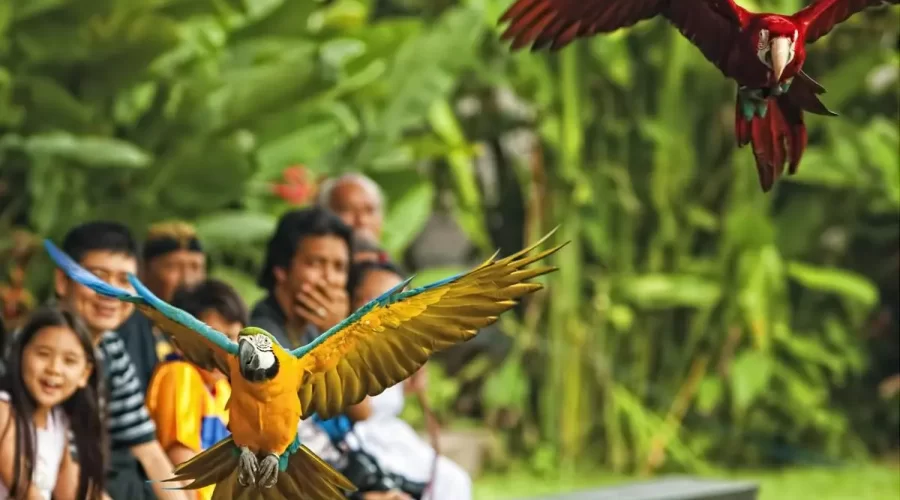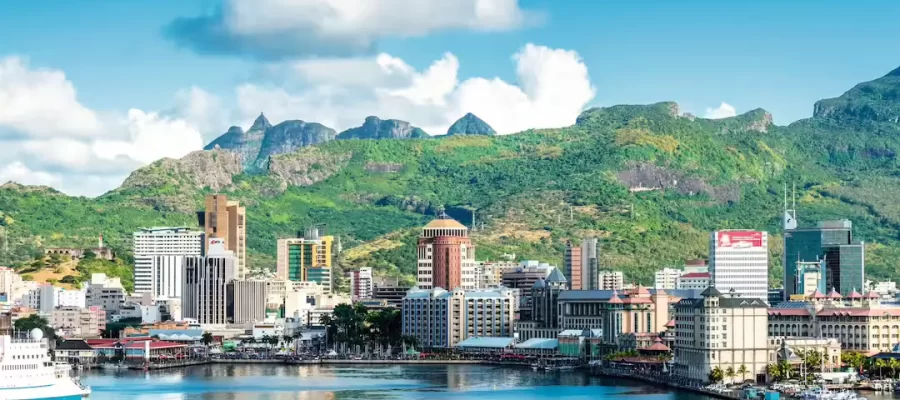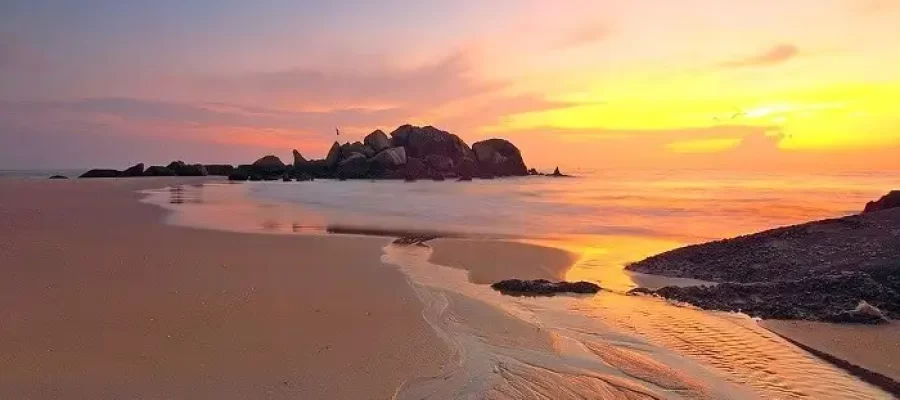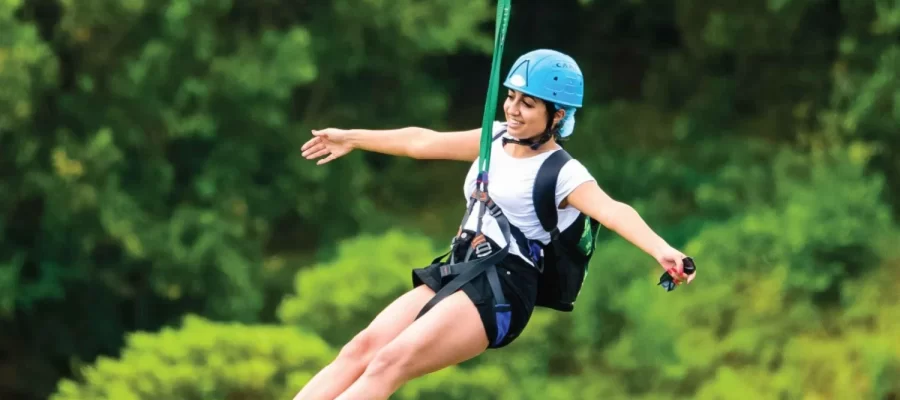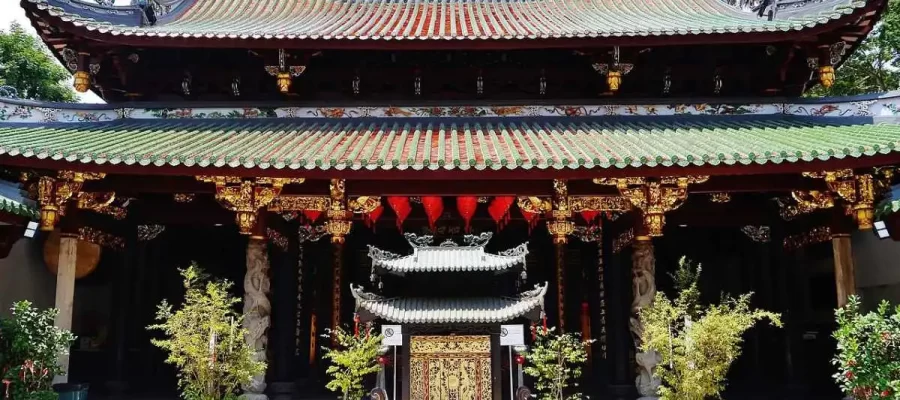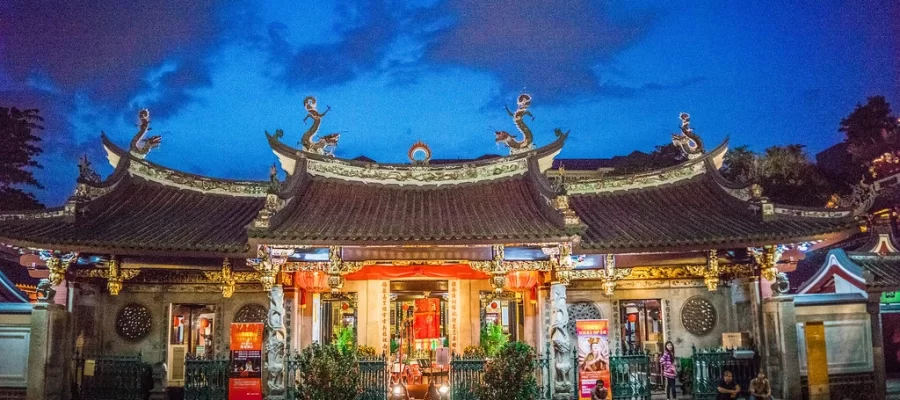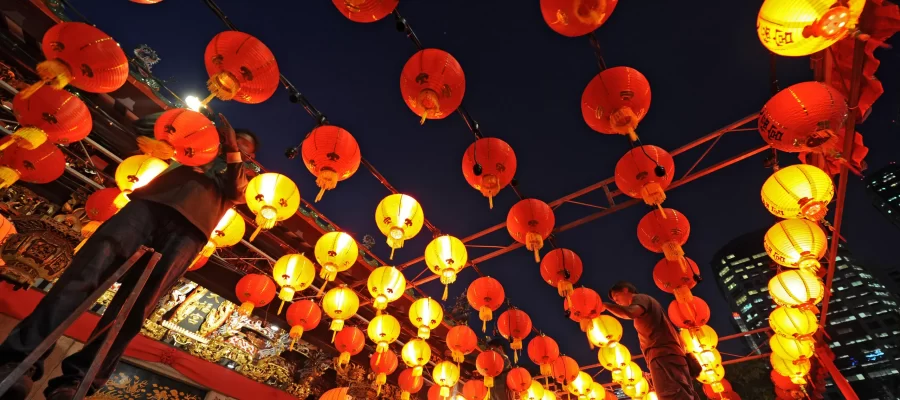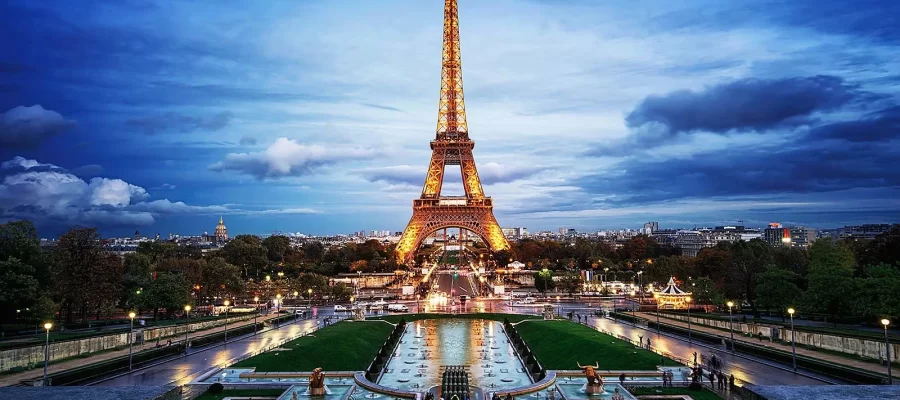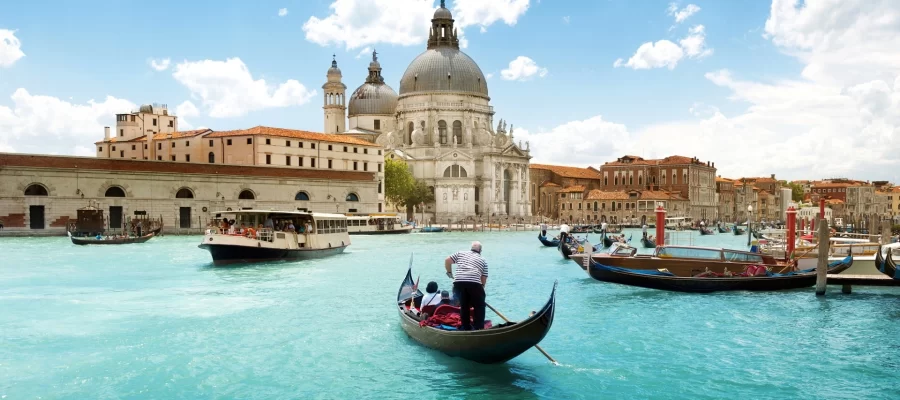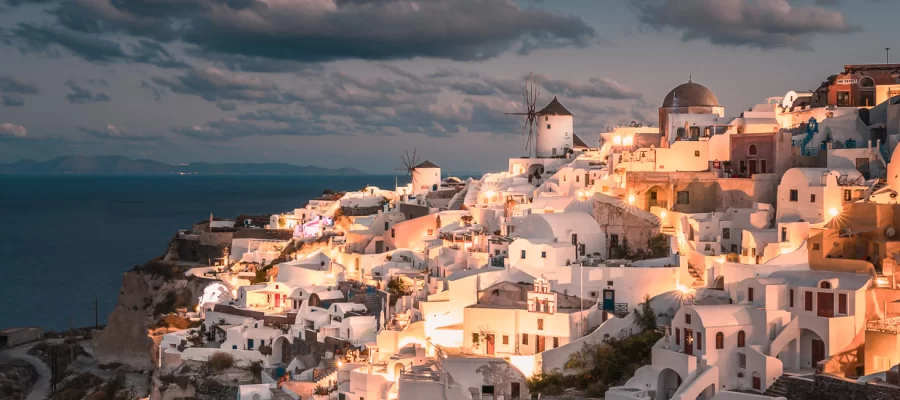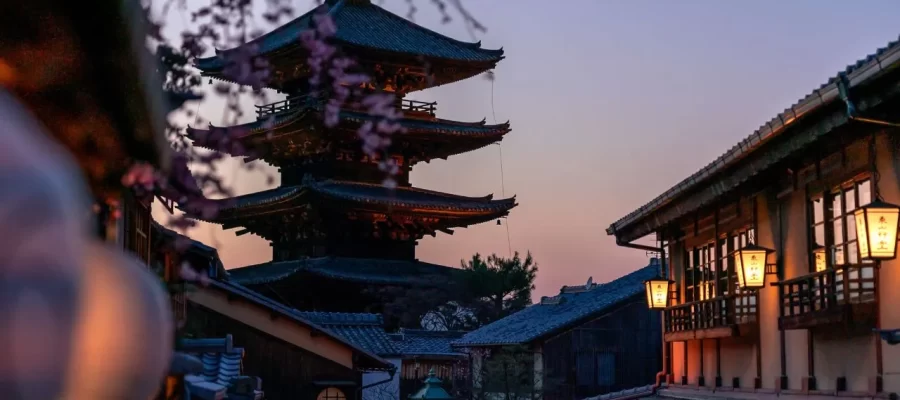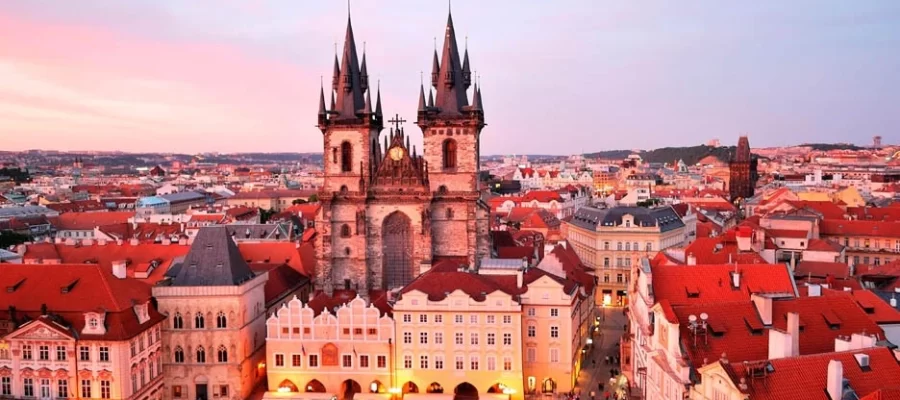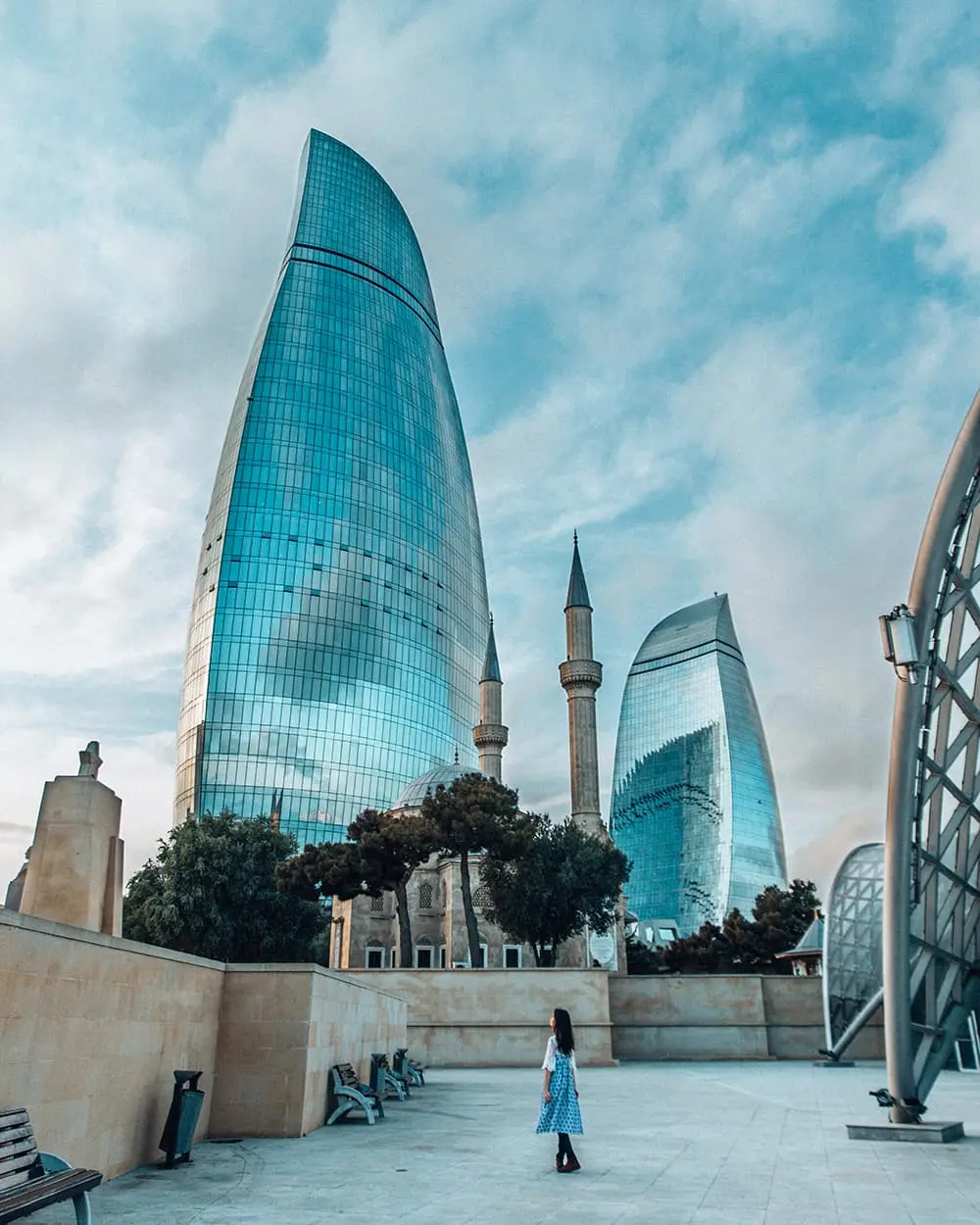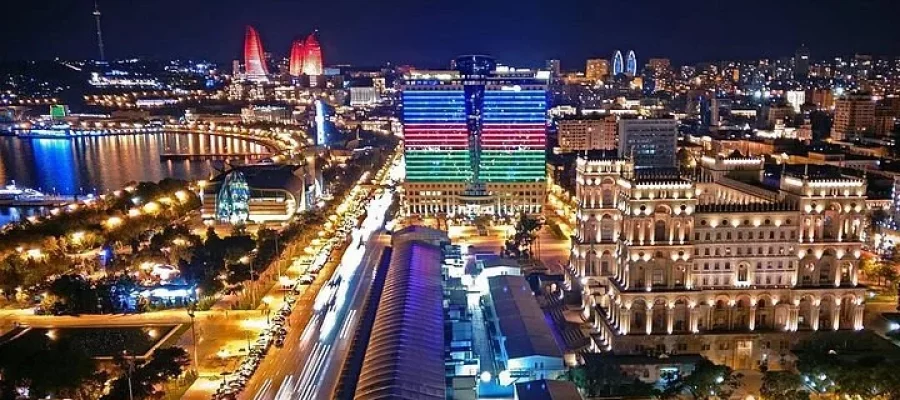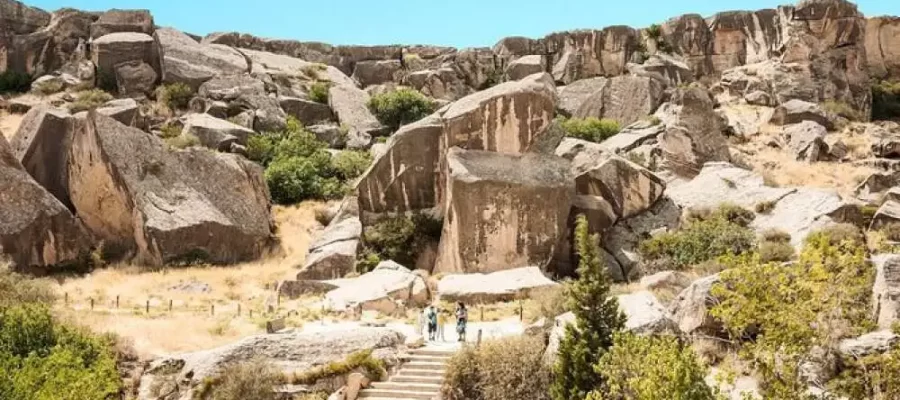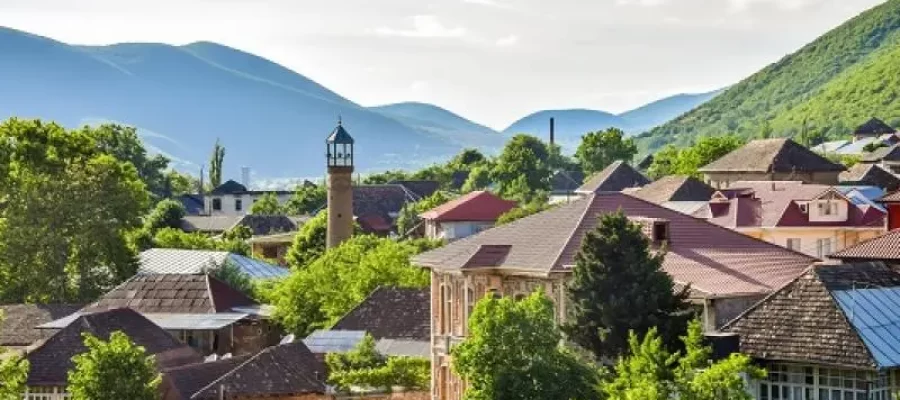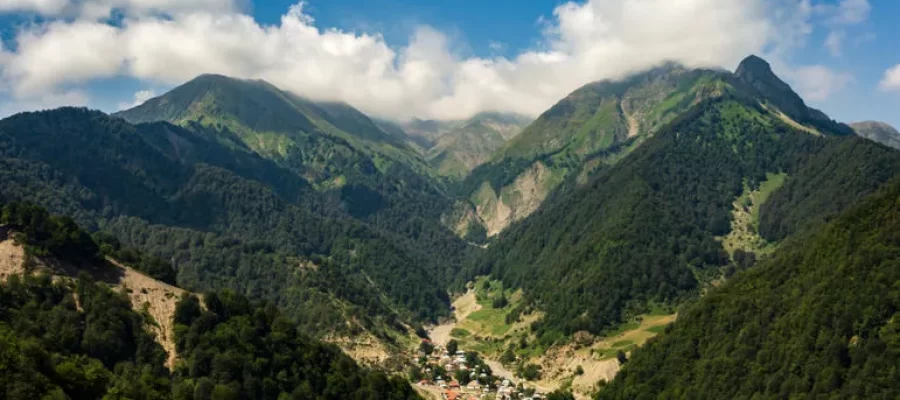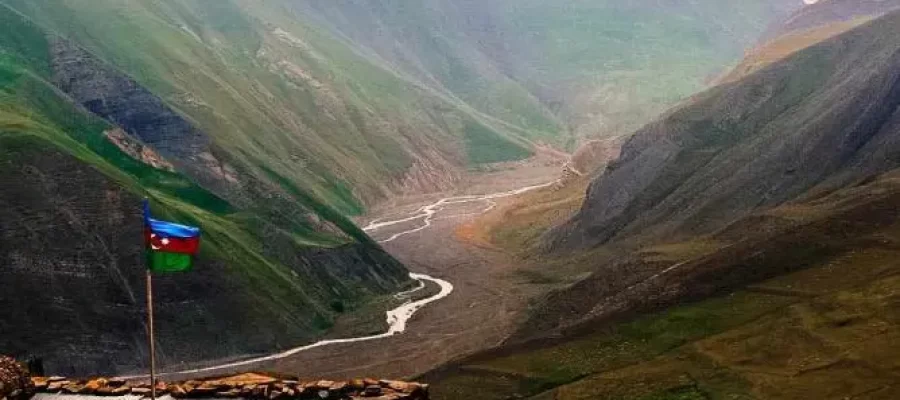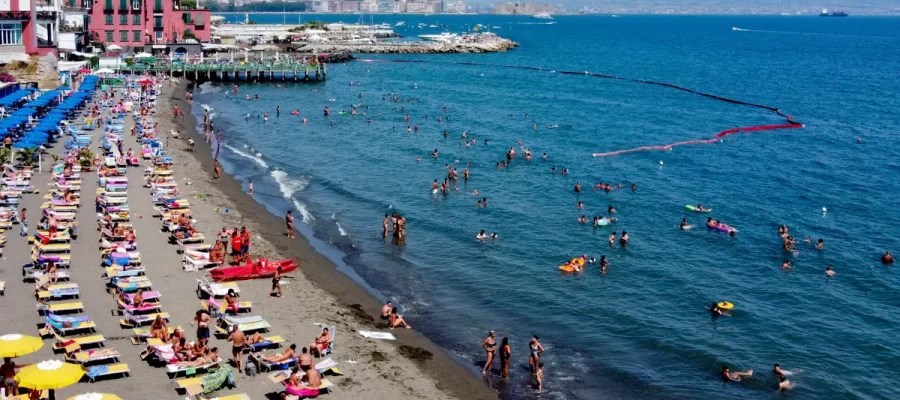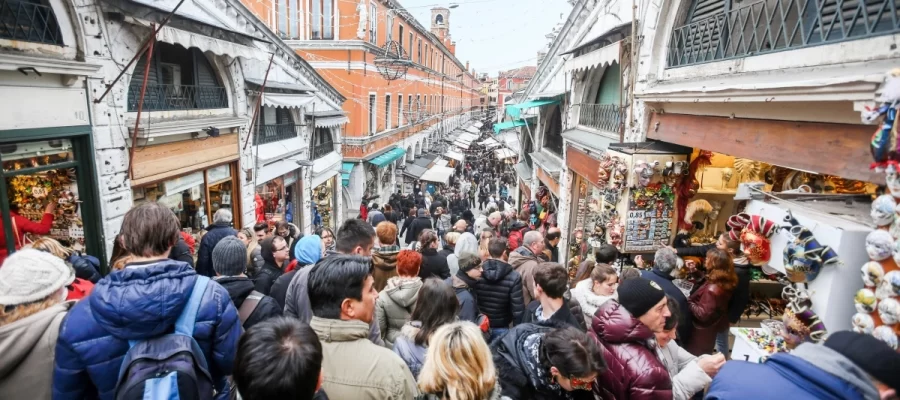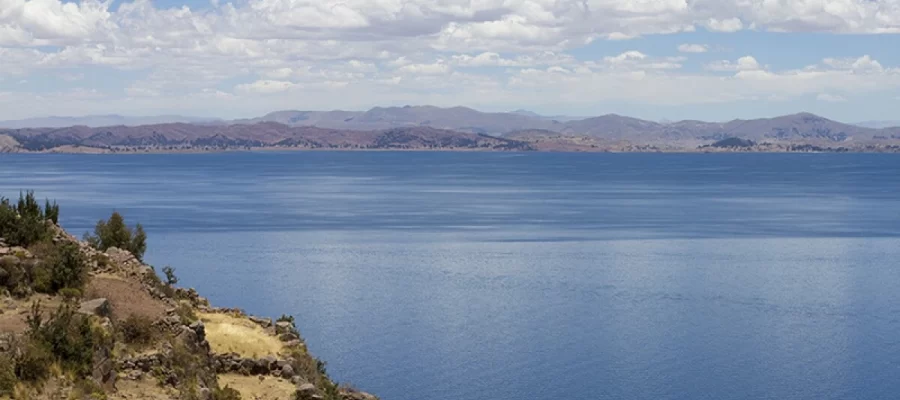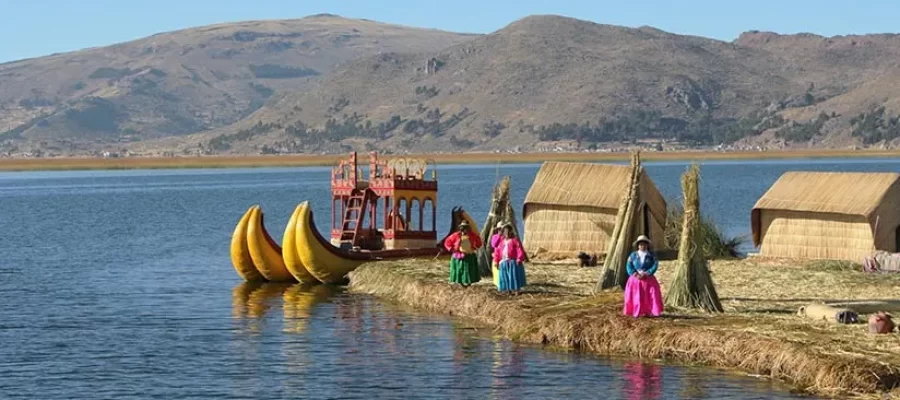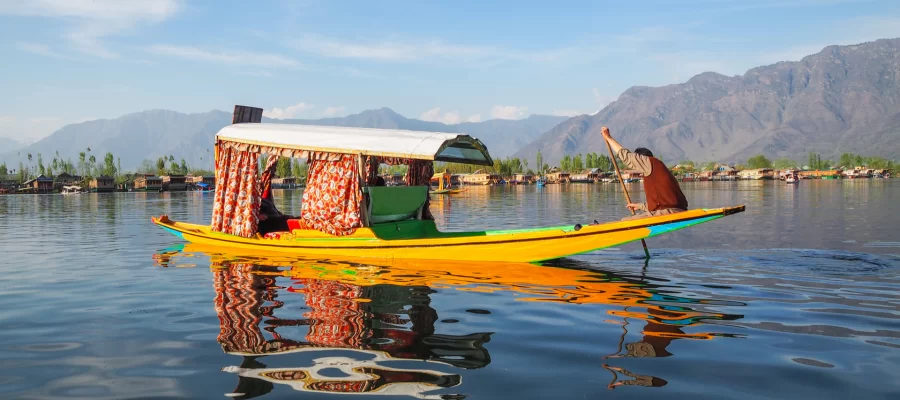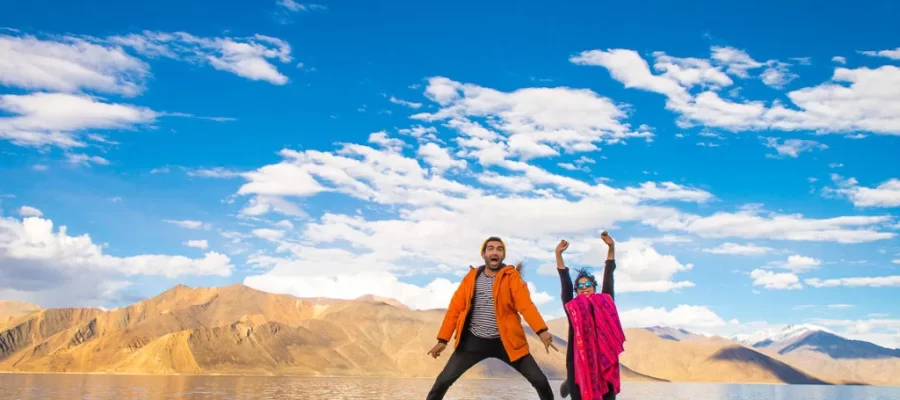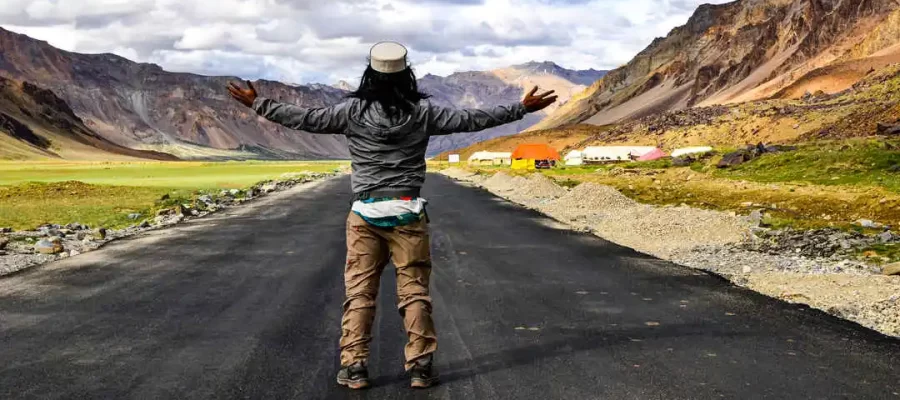Best Safari Tours in Kenya: A Comprehensive Guide
Kenya, the jewel of East Africa, is renowned for its breathtaking landscapes, diverse wildlife, and rich cultural heritage. The country offers an unparalleled safari experience, attracting tourists from around the globe who seek to witness the majestic “Big Five” and immerse themselves in the untamed beauty of its national parks and reserves. Whether you are a seasoned traveller or embarking on your first safari, Kenya promises an adventure of a lifetime. In this comprehensive guide, we will explore some of the best safari tours in Kenya, highlighting key destinations, unique experiences, and practical tips to ensure an unforgettable journey.
Kenya's most well-known tourist destinations include:
- Maasai Mara National Reserve: The Ultimate Safari Destination
- Amboseli National Park: The Land of Giants
- Samburu National Reserve: A Unique Ecosystem
- Lake Nakuru National Park: A Birdwatcher’s Paradise
- Tsavo National Park: The Untamed Wilderness
1. Maasai Mara National Reserve
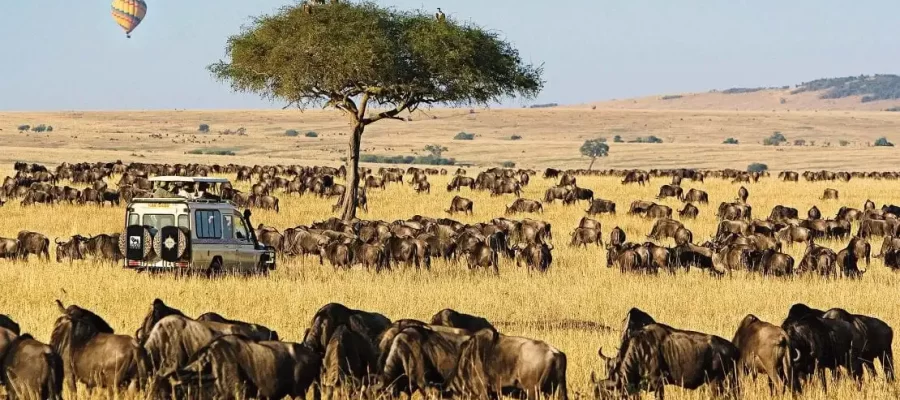
The Maasai Mara National Reserve is arguably the most famous safari destination in Kenya, known for its stunning savannahs, diverse wildlife, and the Great Migration. This annual event, where millions of wildebeest, zebras, and gazelles traverse the plains in search of fresh grazing, is a spectacle that draws visitors from around the world.
Visitors to the Maasai Mara can expect to see the “Big Five” (lion, leopard, elephant, buffalo, and rhino) in their natural habitat. Game drives in open 4×4 vehicles offer an immersive experience, allowing tourists to get up close to the wildlife. Hot air balloon safaris provide a unique perspective, offering panoramic views of the landscape and wildlife below.
Accommodations : From luxury lodges like the Mara Serena Safari Lodge to more rustic tented camps such as the Kichwa Tembo Tented Camp, there are accommodations to suit every budget and preference. Many lodges and camps also offer cultural experiences with the Maasai people, providing insights into their traditional way of life.
2. Amboseli National Park
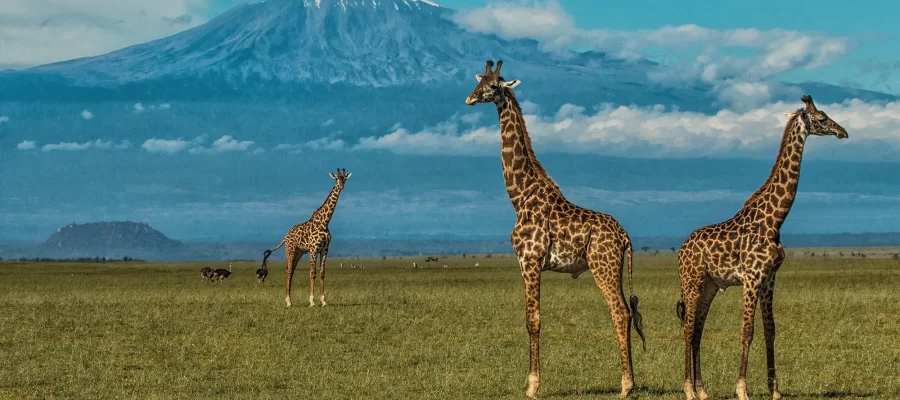
Amboseli National Park, located at the foot of Mount Kilimanjaro, is famous for its large elephant herds and stunning views of Africa’s highest peak. The park’s diverse habitats, including swamps, woodlands, and open plains, support a wide range of wildlife.
Amboseli is renowned for its elephant population, which is often seen against the backdrop of Mount Kilimanjaro. The park is also home to other wildlife, including lions, cheetahs, hyenas, and a variety of bird species. Visitors can enjoy game drives, guided walks, and cultural visits to local Maasai villages.
Accommodations : Lodging options in Amboseli range from luxury lodges such as Ol Tukai Lodge to more budget-friendly camps like Amboseli Serena Safari Lodge. Many accommodations offer spectacular views of Kilimanjaro, enhancing the safari experience.
3. Samburu National Reserve
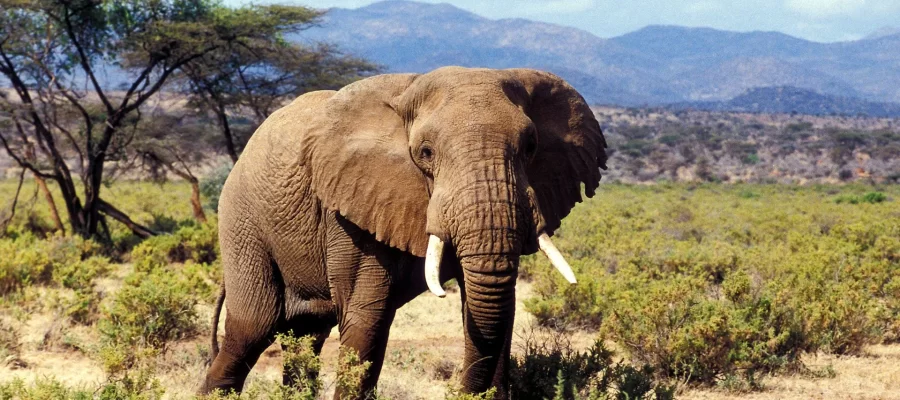
Located in northern Kenya, Samburu National Reserve is known for its unique landscape and wildlife. The Ewaso Ng’iro River, which runs through the reserve, provides a lifeline for the animals in this arid region.
Samburu is home to several species not found in other parts of Kenya, including the Grevy’s zebra, reticulated giraffe, and Somali ostrich. The reserve also boasts healthy populations of elephants, lions, and leopards. Cultural interactions with the Samburu people add another dimension to the safari experience.
Accommodations : Samburu offers a range of accommodations, from luxury lodges like Saruni Samburu to mid-range camps such as Samburu Sopa Lodge. The lodges and camps often provide opportunities for guided bush walks and visits to local communities.
4. Lake Nakuru National Park
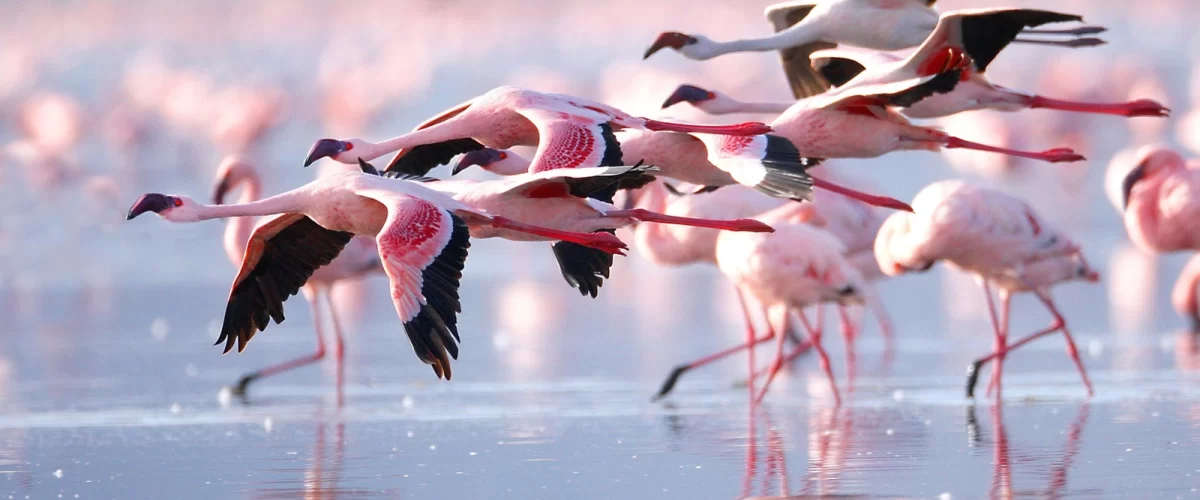
Lake Nakuru National Park, located in the Great Rift Valley, is famous for its flamingo populations and diverse birdlife. The park’s alkaline lake attracts thousands of flamingos, creating a stunning pink shoreline.
In addition to flamingos, Lake Nakuru is home to over 450 bird species, making it a birdwatcher’s paradise. The park also hosts a variety of wildlife, including rhinos, lions, leopards, and Rothschild’s giraffes. Visitors can explore the park on game drives and guided walks.
Accommodations : Accommodation options in Lake Nakuru National Park include luxury lodges like The Cliff Nakuru and budget-friendly camps such as Flamingo Hill Tented Camp. Many lodges offer spectacular views of the lake and surrounding landscape.
5. Tsavo National Park
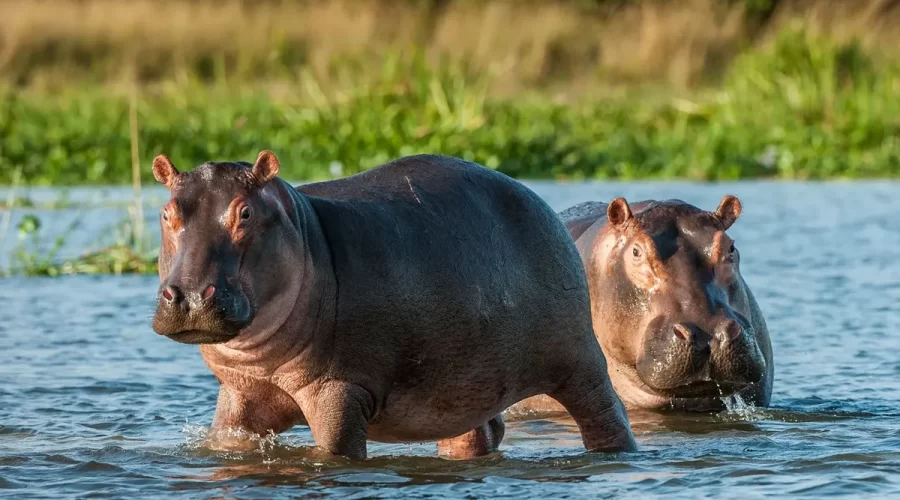
Tsavo National Park, comprising Tsavo East and Tsavo West, is one of the largest national parks in Kenya. Known for its rugged landscapes and diverse ecosystems, Tsavo offers a truly wild safari experience.
Tsavo East is famous for its red elephants, which get their distinctive color from the park’s red soil. The park is also home to lions, leopards, buffalo, and a variety of bird species. Tsavo West is known for its scenic beauty, including the Mzima Springs and Chyulu Hills. Visitors can enjoy game drives, guided walks, and visits to cultural sites.
Accommodations : Tsavo offers a range of accommodations, from luxury lodges like Finch Hattons Luxury Camp to more budget-friendly options such as Voi Safari Lodge. Many lodges provide opportunities for night game drives and bush meals, enhancing the safari experience.
What Do You Need to Travel to Kenya?
Traveling to Kenya promises an adventure filled with stunning landscapes, diverse wildlife, and vibrant cultures. To ensure a smooth and enjoyable trip, it’s essential to be well-prepared. Here’s a comprehensive guide on what you need to travel to Kenya.
1. Valid Passport
- Validity: Your passport must be valid for at least six months beyond your intended departure date from Kenya.
- Blank Pages: Ensure your passport has at least two blank pages for entry and exit stamps.
2. Visa
- Types of Visas: Kenya offers several types of visas including tourist, business, and transit visas.
- Application: Most travelers need to apply for an eVisa online before arrival. The eVisa is typically valid for 90 days.
- Requirements: A passport photo, a copy of your passport’s biographical page, and proof of onward travel (return ticket).
3. Vaccinations and Health Precautions
- Yellow Fever Vaccination: Mandatory for travelers coming from countries with a risk of yellow fever transmission. You may be asked to show your Yellow Fever vaccination certificate.
- Malaria Prophylaxis: Kenya is a malaria-endemic country. Consult your doctor for appropriate antimalarial medication.
- Routine Vaccinations: Ensure you’re up-to-date on routine vaccines such as MMR, DPT, and Hepatitis A and B.
Kenya's Top 5 Safari Tours
Kenya offers some of the most incredible safari experiences in the world, showcasing diverse wildlife, breathtaking landscapes, and rich cultural encounters. Here are five of the best safari tours in Kenya that promise unforgettable adventures.
1. Maasai Mara National Reserve Safari
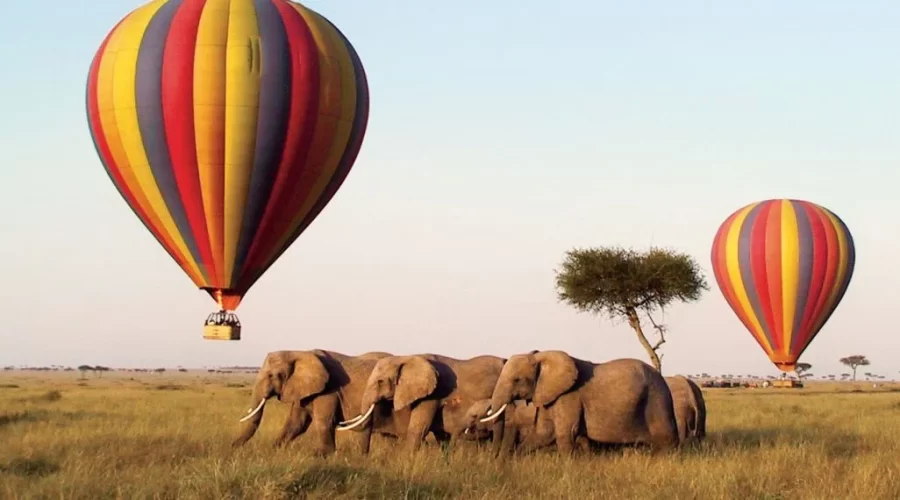
- Great Migration: Witness the spectacular annual migration of over two million wildebeests, zebras, and gazelles crossing the Mara River.
- Big Five: Encounter lions, elephants, leopards, rhinoceroses, and buffaloes.
- Cultural Experiences: Visit a Maasai village to learn about the traditions and lifestyle of the Maasai people.
Tour Options:
- Luxury Safari Camps: Enjoy opulent accommodations with modern amenities and personalized service.
- Hot Air Balloon Safaris: Experience a breathtaking aerial view of the Mara followed by a champagne breakfast.
Best Time to Visit: July to October for the Great Migration.
2. Amboseli National Park Safari
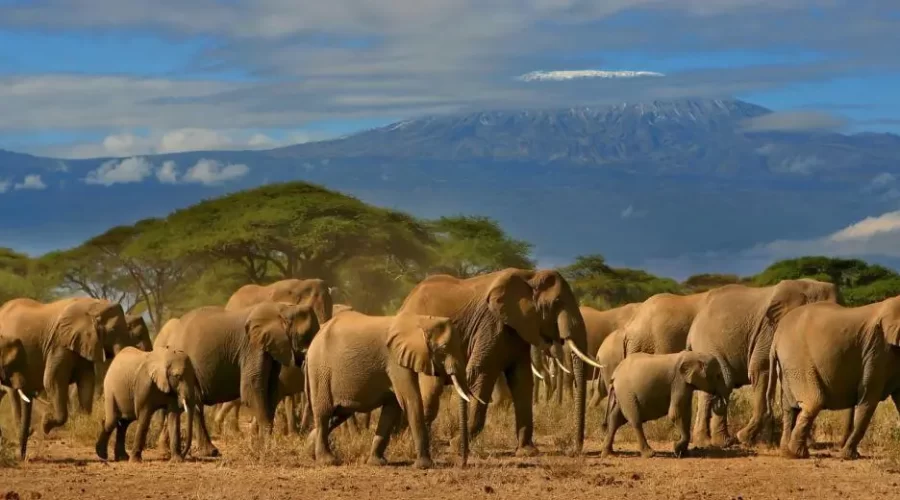
- Mount Kilimanjaro Views: Capture iconic images of elephants against the backdrop of Africa’s highest peak.
- Elephant Herds: Amboseli is famous for its large elephant populations and diverse wildlife.
- Bird Watching: Home to over 400 bird species, making it a paradise for bird enthusiasts.
Tour Options:
- Photography Safaris: Tailored for photographers to capture the best wildlife and scenic shots.
- Walking Safaris: Explore the park on foot with experienced guides for a closer look at nature.
Best Time to Visit: June to October and January to February.
3. Samburu National Reserve Safari
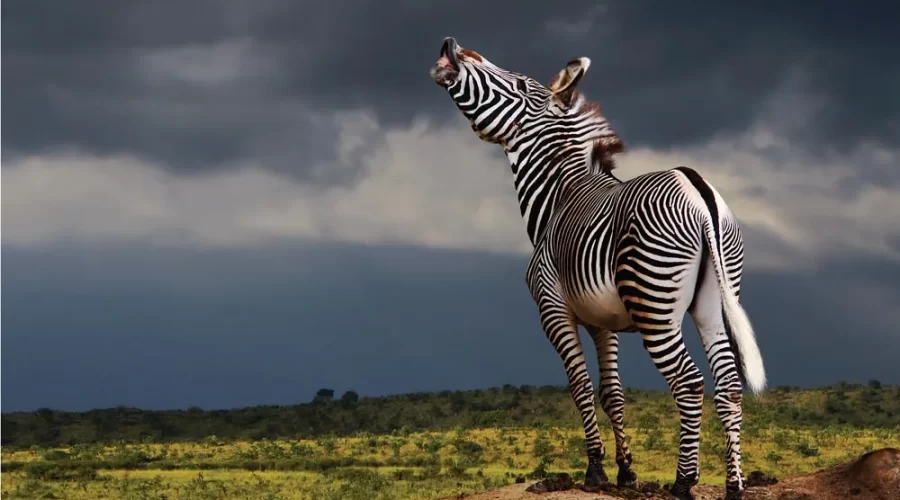
- Unique Wildlife: Spot the “Samburu Special Five” – Grevy’s zebra, Somali ostrich, reticulated giraffe, gerenuk, and beisa oryx.
- Ewaso Ng’iro River: A vital water source attracting diverse wildlife.
- Cultural Visits: Engage with the Samburu people and learn about their semi-nomadic lifestyle.
Tour Options:
- Luxury Lodges: Stay in exquisite lodges offering game drives and cultural experiences.
- Camel Safaris: Traverse the rugged terrain on camelback, guided by Samburu warriors.
Best Time to Visit: June to October and January to February.
4. Lake Nakuru National Park Safari
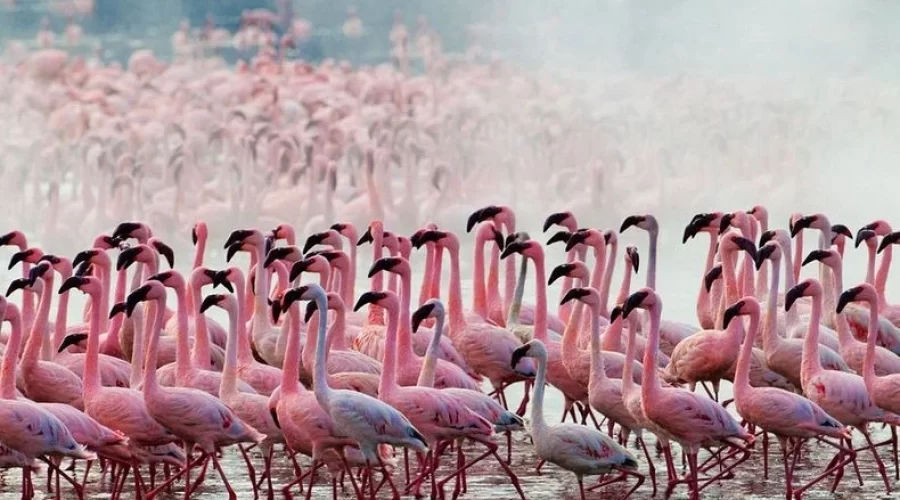
- Flamingo Flocks: The park is renowned for its massive flocks of pink flamingos.
- Rhino Sanctuary: A protected area for both black and white rhinos.
- Waterfalls and Woodlands: Discover scenic waterfalls and dense woodlands.
Tour Options:
- Bird Watching Tours: Ideal for ornithologists and bird enthusiasts.
- Family Safaris: Family-friendly tours with educational activities for children.
Best Time to Visit: January to March and July to December.
5. Tsavo National Parks (East & West) Safari
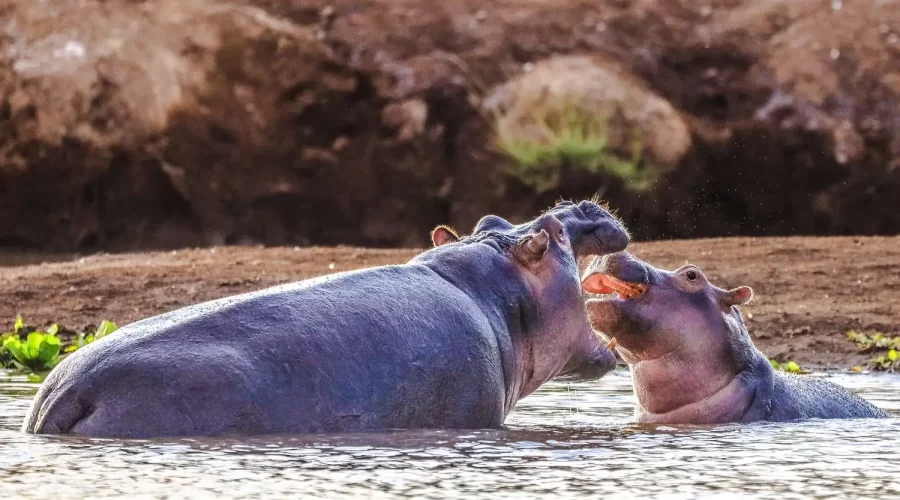
- Lugard Falls: Spectacular waterfalls located in Tsavo East.
- Mzima Springs: In Tsavo West, view hippos and crocodiles from an underwater observation tank.
- Diverse Landscapes: From volcanic hills to dense bush and wide savannahs.
Tour Options:
- Railway Safari: Combine a safari with a historic train journey on the Mombasa-Nairobi railway.
- Bush Walks: Explore the park’s diverse ecosystems on guided bush walks.
Best Time to Visit: May to October.
Kenya’s safari tours offer a rich tapestry of experiences, from witnessing the Great Migration in the Maasai Mara to exploring the unique landscapes and wildlife of Amboseli, Samburu, Tsavo, and Lake Nakuru. Whether you’re seeking luxury, adventure, or cultural immersion, there’s a safari tour in Kenya that will cater to your desires and create memories that will last a lifetime. Plan your journey today and embark on an unforgettable African adventure.
Let us know your requirements. Our experts will curate the perfect itinerary for you.





